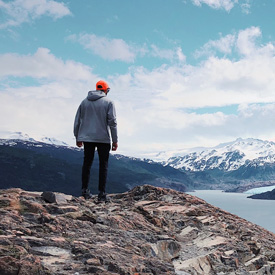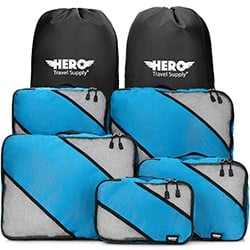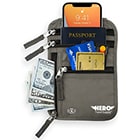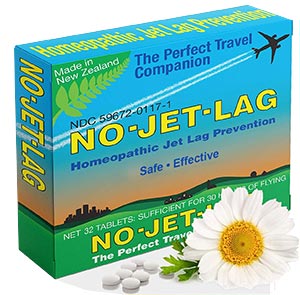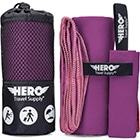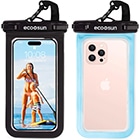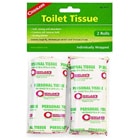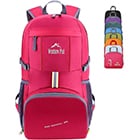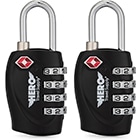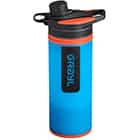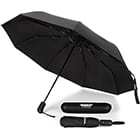Patagonia is the gorgeous, rugged mountainous region encompassing the southernmost tip of South America, shared by Argentina and Chile.
The Argentine side includes a semi-arid climate, grasslands, and deserts, while the Chilean side boasts breathtaking glacial fjords. Despite Patagonia’s insanely unpredictable weather, adventurers from all over the world flock to the region to experience world-class trekking, ice climbing, and much more.
Since there are so many unique activities to pack for, use this guide to pack with intention and ensure you are prepared!




